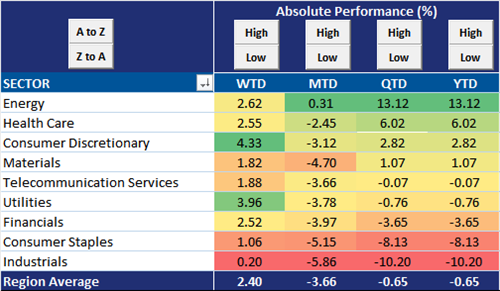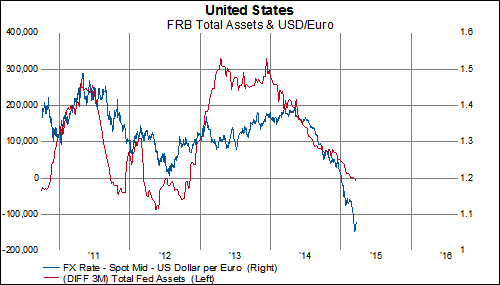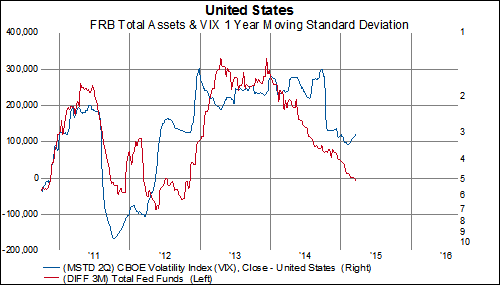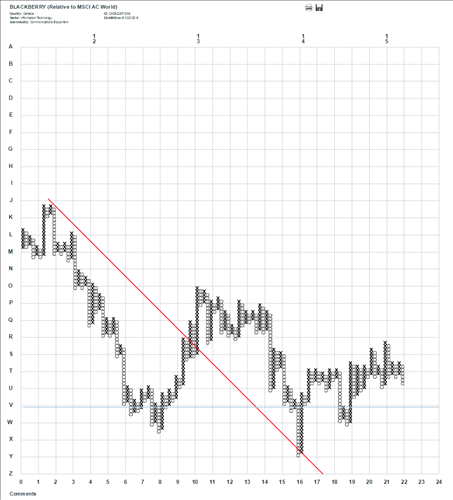MSCI World Index Sales and Earnings Growth Expectations

The best news on the expectations front for the energy sector is the second derivative (i.e. the change of the change) has moderated. FY1 sales estimates have fallen by over 18% over the past three months and over 28% over the past six months. However, over the past month FY1 sales estimates have only dropped by -2.4%, just slightly more than than the materials sector (-1.7%). The story hold true for FY1 EPS estimates. Over the past month FY1 EPS estimates have fallen by over -8%. A significant decrease but when put into the context of the fall that has taken place over the past three (-47%) and six months (-57.2%), the rate at which EPS estimates are falling has slowed.
MSCI World Index Change In Sales and Earnings Growth Expectations

Breadth in estimates has slightly improved as well. Over the past three and six months, only 2-3% of energy stocks experienced positive FY1 sales revisions. However, over the past month month 26% of energy stocks of experienced positive FY1 sales revisions. Same story for FY1 EPS revisions. Over the past three and six months only 5-7% of energy experienced positive FY1 EPS revisions but over the past month 25% of energy stocks have experienced positive FY1 EPS revisions.
MSCI World Index Breadth Of Sales And Earnings Revisions


















































